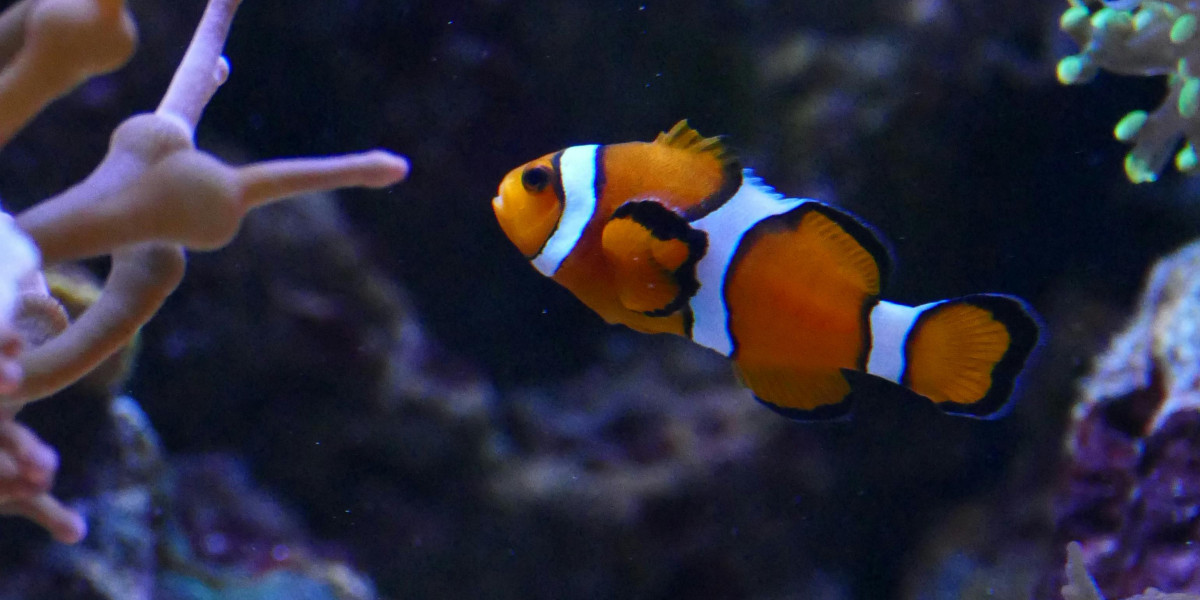The azure waters surrounding Sri Lanka hold secrets that have captivated divers for decades. This teardrop-shaped island nation, nestled in the Indian Ocean, offers some of the most diverse and spectacular underwater experiences in South Asia. Whether you are embarking on one of the many Sri Lanka diving tours or planning an independent diving adventure, the island's marine ecosystem promises encounters that will leave you breathless long after you have surfaced.
Sri Lanka's strategic position along ancient maritime trade routes has created a unique underwater landscape where history and nature intertwine. The warm tropical waters, with temperatures averaging 27-29°C year-round, provide perfect conditions for an incredible array of marine life to flourish. From the shallow coral gardens perfect for beginners to the challenging deep-water wrecks that test experienced divers, Sri Lanka's underwater realm caters to every skill level and interest.
The Living Tapestry of Coral Reefs
The coral reefs around Sri Lanka represent one of the most biodiverse marine ecosystems in the region. These underwater gardens burst with colour and life, creating a mesmerising backdrop for every dive. Hard corals dominate the landscape, with massive brain corals, intricate staghorn formations, and delicate table corals creating complex three-dimensional structures that serve as apartment buildings for countless marine species.
Swimming through these coral cities, divers encounter a kaleidoscope of reef fish that seems almost too vibrant to be real. Schools of yellow snappers create golden clouds that part gracefully as you approach, while angelfish glide between coral branches with regal elegance. Parrotfish, the gardeners of the reef, can be heard crunching on coral as they feed, their powerful beaks creating the characteristic sound that becomes the soundtrack of shallow water dives.
The soft corals add another dimension to the underwater landscape, swaying gently with the current like underwater flowers. These delicate organisms come in shades of purple, orange, and pink, creating a stark contrast against the more structured hard corals. During night dives, these soft corals extend their polyps to feed, transforming the reef into an alien landscape of reaching tentacles and bioluminescent displays.
Encounters with Marine Megafauna
One of the most thrilling aspects of diving in Sri Lankan waters is the opportunity to encounter large marine animals in their natural habitat. Blue whales, the largest animals ever to have lived on Earth, migrate through Sri Lankan waters, and while encounters underwater are rare, the possibility adds an element of excitement to every deep-water dive.
More commonly, divers find themselves sharing the water with spinner dolphins, whose acrobatic displays often continue underwater. These intelligent mammals seem genuinely curious about divers, often approaching closely enough for memorable interactions. Their sleek forms cutting through the blue water create moments of pure magic that epitomise the wonder of diving.
Whale sharks, despite their intimidating name, are gentle giants that filter-feed on plankton and small fish. These spotted behemoths can reach lengths of up to 12 meters, yet they move through the water with surprising grace. Swimming alongside a whale shark is a humbling experience that puts human presence in the ocean into perspective. The distinctive pattern of spots on each whale shark is unique, like a fingerprint, making every encounter special.
Sea turtles are perhaps the most beloved residents of Sri Lankan waters. Five species call these waters home, with green turtles and hawksbill turtles being the most commonly encountered by divers. Watching a sea turtle glide effortlessly through the water, occasionally surfacing for air with movements that seem to slow time itself, creates connections between divers and the natural world that last a lifetime.
Historical Treasures Beneath the Waves
Sri Lanka's position along historical shipping lanes has resulted in a remarkable collection of shipwrecks that now serve as artificial reefs and windows into maritime history. These underwater museums tell stories of trade, war, and adventure while providing unique diving experiences that combine historical exploration with marine biology.
World War II wrecks are particularly significant, with several vessels from various nations resting on the ocean floor. These wrecks have become thriving ecosystems, with marine life colonising every available surface. Schools of fish use the wrecks as shelter and hunting grounds, while larger predators patrol the edges. The contrast between human-made structures and natural marine growth creates haunting beauty that speaks to nature's ability to reclaim and transform.
Exploring these wrecks requires careful planning and respect for both the historical significance and the marine life that now calls them home. Swim-throughs reveal hidden chambers where artifacts might still be visible, while external exploration showcases how coral and marine growth have transformed steel and wood into living structures.
Regional Diving Highlights
The southern coast of Sri Lanka offers some of the most accessible and diverse diving experiences on the island. Unawatuna diving provides excellent opportunities for both beginners and experienced divers, with shallow coral reefs teeming with tropical fish just minutes from shore. The protected bay creates calm conditions that are perfect for training dives and underwater photography, while nearby deeper sites offer more advanced challenges.
The eastern coast presents a different character entirely, with the waters around Trincomalee offering some of the island's most pristine diving conditions. PADI diving in Trincomalee opens up access to sites where visibility often exceeds 30 meters, creating the sensation of flying through crystal-clear water. The deeper waters off this coast are home to larger pelagic species, including various shark species and rays that cruise the blue water beyond the reefs.
Trincomalee's natural harbour, one of the world's finest, creates unique diving conditions where fresh water springs mix with salt water, creating interesting thermoclines and attracting diverse marine life. The area's relative isolation has helped preserve its marine ecosystems, offering divers glimpses of what tropical reef systems looked like before heavy human impact.
Beyond Traditional Scuba Diving
While scuba diving opens up the full depth of Sri Lanka's underwater world, snorkelling in Sri Lanka provides accessible entry points for those not yet certified or looking for more casual water experiences. Many of the same coral reefs and marine life can be appreciated from the surface, particularly in shallow lagoons and protected bays where the water clarity rivals that of much deeper sites.
Night diving reveals an entirely different underwater world, as nocturnal creatures emerge and daytime residents settle into hiding places. Lobsters venture out from their crevices, octopi become active hunters, and the coral polyps extend to feed, creating a living carpet of movement and colour that transforms familiar dive sites into alien landscapes.
The seasonal nature of diving conditions around Sri Lanka means that different coasts offer optimal conditions at different times of the year, extending the diving season and providing variety for those planning extended stays or multiple visits. This climatic variation also means that marine life patterns shift throughout the year, offering different experiences depending on timing.
Sri Lanka's underwater world represents one of the Indian Ocean's most rewarding diving destinations, combining accessibility with diversity, history with natural beauty, and adventure with conservation awareness. Each dive offers new discoveries and reinforces the connection between humans and the ocean that covers most of our planet. Whether seeking gentle encounters with sea turtles, thrilling explorations of historical wrecks, or the simple pleasure of drifting over colourful coral reefs, Sri Lanka's waters provide experiences that satisfy the deepest longings of ocean lovers and create memories that last lifetimes.


